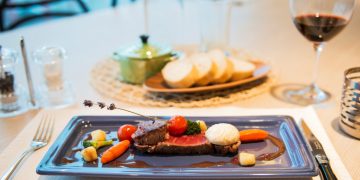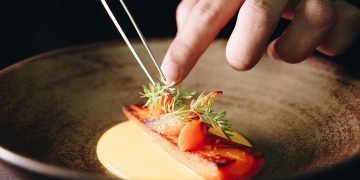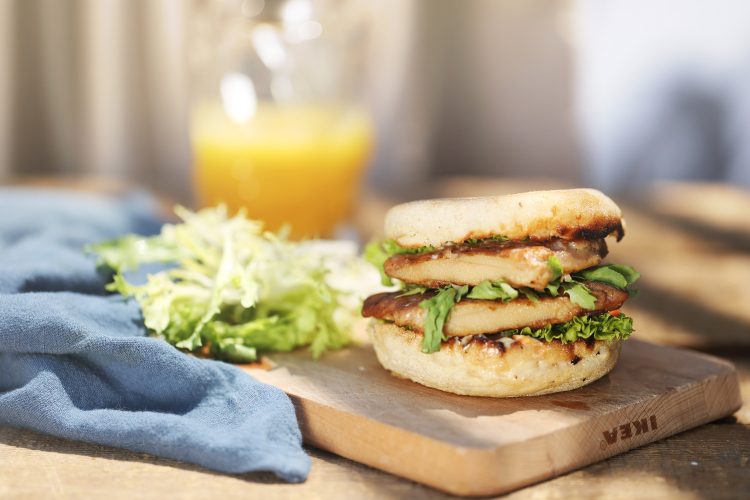In this era where vision is king, food photography has become the intersection of art and marketing. A carefully taken photo of a restaurant can stimulate people’s appetite, convey the story behind the food, and even become a spokesperson for the restaurant or food brand. But it’s not easy to take enticing photos of restaurants. Here are some professional food photography techniques to help you capture those mouth watering moments.
1. Light is key
In food photography, light plays a crucial role. Natural light is the most ideal light source, as it can gently wrap around food and display the most authentic colors and textures. If possible, choose to shoot near the window and use white reflective panels to fill in the shaded areas, making the overall photo more balanced and vivid.
2. The composition should be clever
Composition is the foundation of photography, and food photography is no exception. Try using the rule of thirds composition, placing food in one-third of the frame, which can make the photo more interesting and layered. In addition, images can be constructed by placing tableware, seasonings, or ingredients to guide the audience’s gaze and increase storytelling.
3. Pay attention to details
The charm of food often lies in the details. A hint of steam, a few drops of sauce, or cracks in freshly baked bread can greatly enhance the attractiveness of food. Use a macro lens to capture these details, or use a large aperture to create a shallow depth of field, making the food the focus and blurring the background, thereby highlighting the texture and layering of the food.
4. Color contrast and matching
Color is crucial for the attractiveness of food photos. Using contrasting colors can make food look more vivid, such as the combination of red tomatoes and green basil leaves. At the same time, attention should also be paid to the color of the background and tableware to avoid conflicts with food, with food as the main character and other elements as auxiliary.
5. Dynamics and Emotions
Food photography is not just a static record, adding dynamic elements can make photos more vibrant. For example, the moment of sprinkling powdered sugar, the flow of pouring wine, the flipping of grilled meat, and so on. In addition, by simulating real dining scenes, such as a family sitting around a table or a gathering of friends in a caf é, the photos can emit a warm atmosphere and evoke emotional resonance from the audience.
6. Post processing
Post processing is an important part of food photography. Reasonably adjusting brightness, contrast, saturation, and clarity can make food look more tempting. However, it should be noted that post-processing is not intended to completely change the original appearance of food, but to better highlight its characteristics and maintain its natural and honest taste.
In summary, food photography is an art that requires both skill and creativity. By mastering the correct lighting, composition, detail capture, color matching, and post-processing techniques, you can capture irresistible food photos. Remember, good food photography is not just about satisfying visual enjoyment, but also about conveying the culture and emotions behind the food.
















































